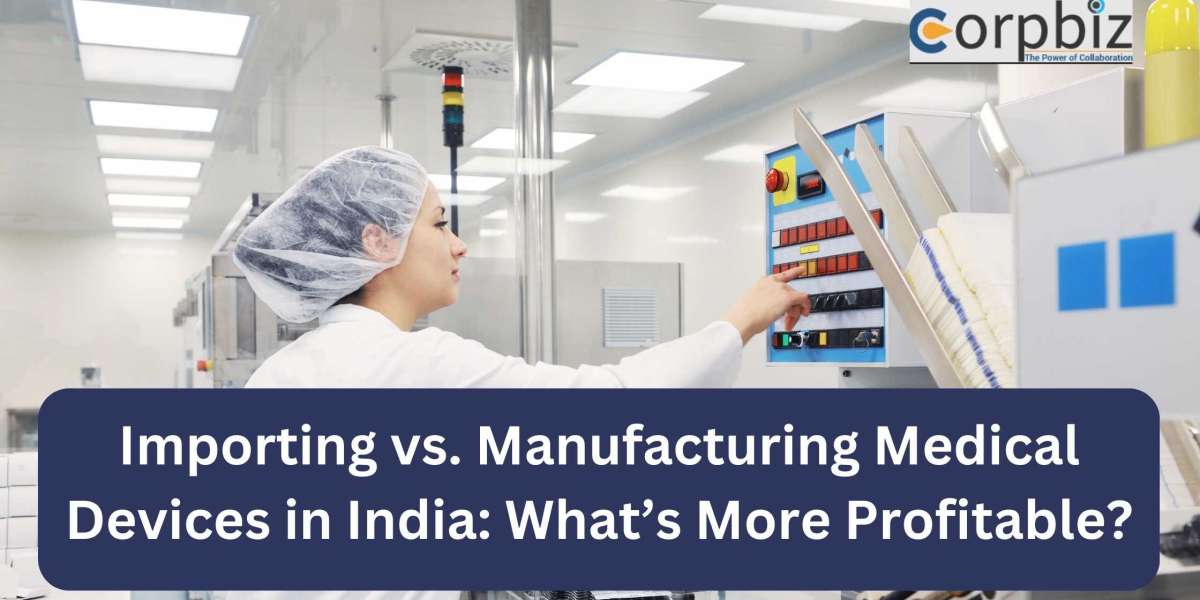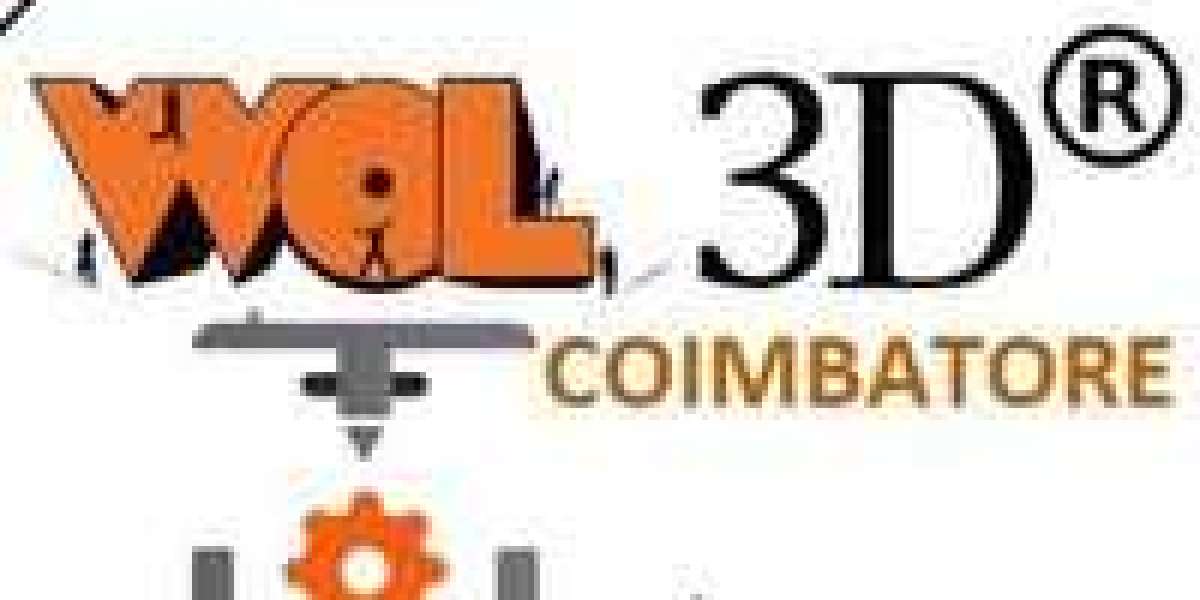India is one of the fastest-growing markets for medical devices. Businesses looking to enter this industry often face a crucial decision: importing or manufacturing medical devices? Each option has its own benefits and challenges, but the ultimate choice depends on cost, compliance, and market demand. In this blog, we will compare both options and help you determine which is more profitable for your business.
Understanding Medical Device Imports
Importing medical devices into India requires strict regulatory compliance. The Central Drugs Standard Control Organization (CDSCO) oversees the approval and licensing process. Here are the key steps involved in medical device importation:
Key Requirements for Importing Medical Devices
- Medical Device Import License: Businesses must obtain an import license from CDSCO to bring medical devices into India legally.
- CDSCO Registration Certificate: Imported medical devices must be registered with CDSCO to ensure quality and safety.
- Compliance with BIS Standards: Some medical devices may require BIS certification for import.
- Taxation and Import Duties: Import duties and GST impact the final cost of imported devices.
- Storage and Distribution Setup: Importers need to establish a proper supply chain for seamless distribution.
Pros of Importing Medical Devices
- Access to Advanced Technology: Imported devices often have superior technology and global certification.
- Lower Initial Investment: No need to set up manufacturing units, which reduces infrastructure costs.
- Faster Market Entry: Imports can help businesses enter the market quickly without RD or manufacturing delays.
Cons of Importing Medical Devices
- Higher Costs: Import duties, logistics, and compliance expenses increase costs.
- Regulatory Challenges: Obtaining a Medical Device Import License and meeting CDSCO requirements can be complex.
- Dependence on Foreign Suppliers: Any supply chain disruption can impact business operations.
Understanding Medical Device Manufacturing in India
Manufacturing medical devices in India involves setting up production units and obtaining multiple licenses, such as the CDSCO Registration Certificate and a Medical Device Registration. The Indian government encourages local production through Make in India and PLI (Production Linked Incentive) schemes.
Key Requirements for Manufacturing Medical Devices
- Cosmetic Manufacturing License (if applicable): Businesses in cosmetic-medical devices need a cosmetic license for manufacturing.
- Medical Device Registration: All medical devices must be registered as per CDSCO guidelines.
- Factory Setup and Compliance: Setting up a manufacturing unit requires adherence to Good Manufacturing Practices (GMP).
- Quality Control Testing: Regular testing and certification are necessary to maintain product quality.
- BIS and ISO Certification: Some devices need additional certification for quality assurance.
Pros of Manufacturing Medical Devices
- Lower Production Costs: Over time, local manufacturing can be more cost-effective than imports.
- Government Support: Incentives under schemes like Make in India and tax benefits for domestic production.
- Full Control Over Supply Chain: Manufacturers have better control over production, quality, and distribution.
- Scalability: Manufacturing units can expand production based on demand.
Cons of Manufacturing Medical Devices
- High Initial Investment: Setting up a plant requires significant capital.
- Longer Time to Market: Unlike imports, manufacturing involves RD, licensing, and factory setup, which can delay market entry.
- Regulatory Burden: Obtaining a CDSCO Registration Certificate and meeting compliance norms requires time and expertise.
Importing vs. Manufacturing: Which is More Profitable?
Cost Comparison
- Importing medical devices involves high upfront costs per unit due to import duties, logistics, and regulatory approvals.
- Manufacturing requires a high initial investment but offers long-term cost savings.
Profit Margins
- Imported devices often have lower profit margins due to high costs.
- Locally manufactured devices can have higher profit margins due to reduced costs over time.
Scalability
- Importing is ideal for short-term market entry and businesses with limited investment.
- Manufacturing is more suitable for long-term profitability and expansion.
Corpbiz Can Help You Navigate the Medical Device Business
Whether you choose to import or manufacture medical devices, regulatory compliance is crucial. Corpbiz provides expert services for Medical Device Import License, CDSCO Registration Certificate, Medical Device Registration, and Cosmetic Import License Registration. Our team ensures that you meet all legal and regulatory requirements, helping you establish a profitable business.
Conclusion
Both importing and manufacturing medical devices in India have their advantages and challenges. If you want a quick market entry and are ready to handle higher costs, importing is the right choice. However, if you are looking for long-term profitability and government benefits, manufacturing is a better option.
No matter which path you choose, Corpbiz is here to guide you through the process. Contact us today to get started!







